A group of people stand around a table pointing at different designs of fliers. The fliers are all black, each with a different configuration of a pink or yellow logo, and some have an additional rainbow or silhouette of a drag queen. A steaming coffeepot and a cake box sit beside the fliers. Soft sounds of guitar chords drift in from another room and a man begins to sing.
This is Living Room Tuesdays at Bøssehuset, the “Gay House” of Copenhagen’s Freetown Christiania neighborhood. Every Tuesday, its members get together to have cake and coffee, work on craft projects such as knitting or sewing and enjoy each other’s company.
This week, they used this time to prepare and rehearse for their Kønspolitisk Melodi Gram Prix, or “Gender-political Eurovision.”
Why It’s Newsworthy: In light of the increasing threat of anti-LGBTQ legislation in the United States, Denmark’s path to general LGBTQ acceptance and solutions to current issues provide an interesting comparison and perspective.

Bøssehuset will celebrate its 50th anniversary in August. It opened in 1973 as a place for political activism, according to member Bisgaard Ladkrathum. Men from Bøssehuset would travel to small city squares together and kiss publicly as “happenings,” or performance art, to draw attention to the cause.
Road to LGBT Equality in Denmark
Homosexuality has been decriminalized in Denmark for those over 18 since 1933. The first organized activist group, today called LGBT+ Denmark, formed in 1948. In the following decades, activists fought for acceptance and for legal equality.
Denmark was the first country in the world to legalize same-sex civil partnerships in 1989, and the majority of the general public was in favor of this, according to historian Peter Edelberg.
“There is a tradition of liberal-mindedness that many Danes are very proud of. It’s part of the Danish people’s conception of themselves,” Edelberg said.
Edelberg describes Denmark’s acceptance of queerness as a natural development in the story of the nation rather than a revolutionary narrative like the Stonewall Uprising in the U.S. The Stonewall Uprising took place in 1969 when queer protestors fought back against police raids of The Stonewall Inn. Though not the beginning or end of the U.S. gay rights movement, it was a turning point. Denmark has no equivalent.
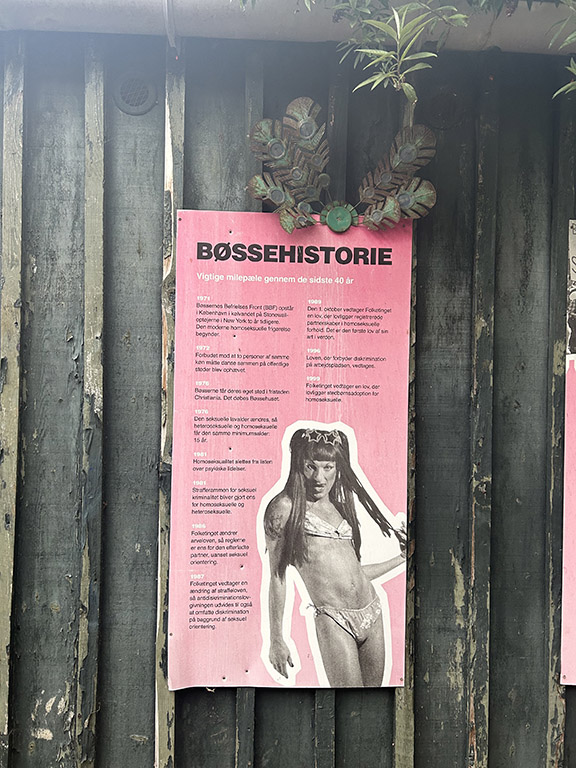
The 1989 civil partnership law excluded adoption, joint custody and marriage in churches, but those rights came in the following decades. Denmark passed its same-sex marriage law in 2012.
Today, Denmark is in second place on ILGA-Europe’s 2023 Rainbow Map, which reflects the “legal and policy human rights situation” of LGBT people in European countries.
Homophobia Persists in Some Areas
Not all of Denmark is widely accepting of LGBT rights.
Finn Ferjá grew up in a small town in The Faroe Islands, a territory of the Kingdom of Denmark. He came to Copenhagen for college and was outed by a friend back home. His sexuality became the “town gossip.”
“I did not feel that there was room for me in the society that I grew up in,” Ferjá said. He had originally planned to wait until his parents passed away to come out as gay.
Ferjá found himself through drag: he became Miss Boogie. In 2018, he was asked to host Faroe Islands pride as Miss Boogie.
He describes this as a “full-circle moment” where he was able to “SLAY his demons.” Miss Boogie was able to show her true self* to a town that had rejected her.
Ferjá combines his love of education with Miss Boogie. He leads diversity, equity and inclusion workshops in drag to open minds and to entertain.
*Ferjá uses he/him pronouns in reference to himself, but she/her pronouns in reference to Miss Boogie.
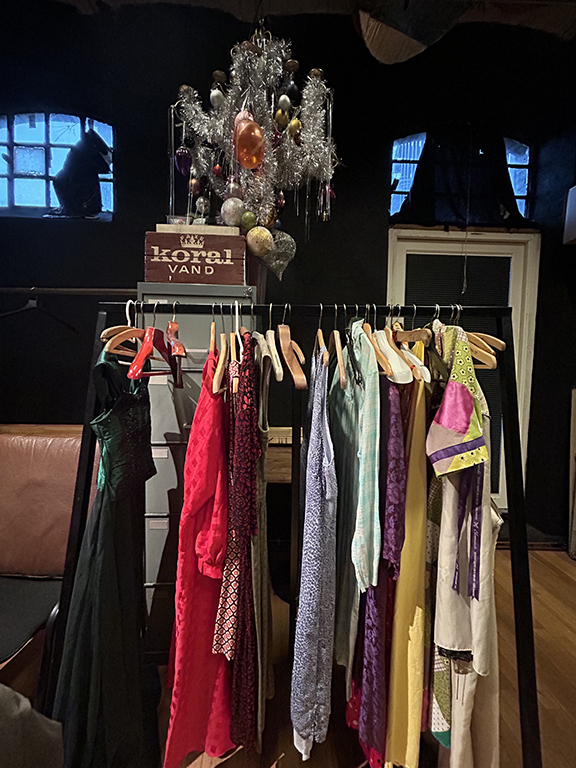
Drag and Transgender Rights Debates
The state of Tennessee banned public drag performances in March. Though this law was temporarily blocked by a federal judge, it is still under review as of May 2023.
Other states have proposed similar bans on drag, as well as bans on gender-affirming care for transgender youth.
Georgia banned “the treatment of gender dysphoria in minors” in March 2023. Transgender youth can no longer pursue gender-affirming surgeries or hormone replacement therapy.
Since 2014, Denmark has allowed legal gender marker change for transgender people without surgery or diagnosis. Being transgender was declassified as a psychiatric disorder in 2017. In the EU’s 2019 Discrimination in the European Union survey, 76% of Danes surveyed said they would feel ‘totally comfortable’ having a transgender colleague.
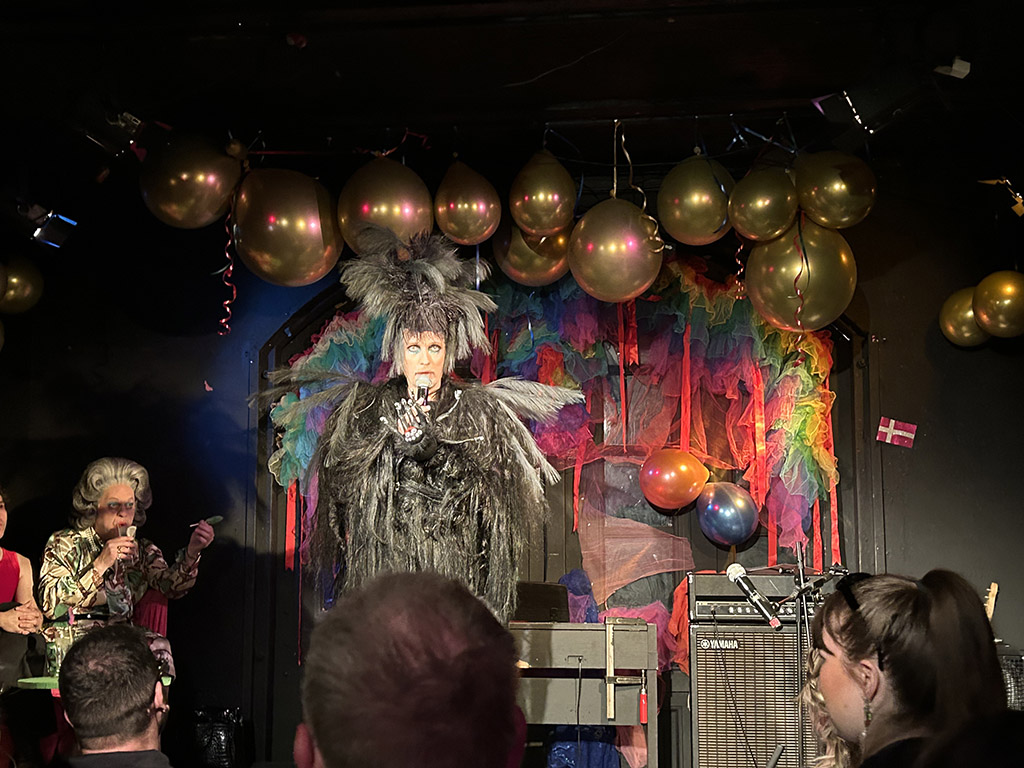
But Denmark is not immune to these issues. In March, a drag event at Frederiksberg Library in Copenhagen stirred controversy. Two queens performed stories for children, which objectors deemed to be inappropriate. The queens received threats, and anti-drag individuals protested outside of the event, according to Finn Ferjá.
Despite this, the event continued as planned, and counter-protestors such as Ferjá showed up in support of the show. Ferjá said he believes the protests were “directly linked to what’s happening in America.”
Mariya Staugaard, communications manager of Copenhagen Pride, believes this rhetoric has been “slowly creeping in” over time.
“Danes tend to have an idea of Denmark as being very progressive,” she said. “That can become sort of a cover for some really quite conservative values that are embedded into our society.”
The Path Ahead
Transgender rights are at the forefront of LGBT activism in Denmark and around the world. Staugaard believes that trans youth need to be included in these conversations so that their needs can be assessed.
Staugaard also said that better education and support networks for youth are needed in Denmark, as well as representation in positions of power. The queer community should also platform the voices of queer people of color in Denmark, who face an intersection of homophobia and racism.
“There was no revolution, but there was a steady de-dramatization of homosexuality in general. And it’s not as romantic as the great revolution. It’s not as colorful, it’s not as artistic, and it’s not as fun,” Edelberg said. “But maybe it’s really something to hope for, for example, for trans people today.”
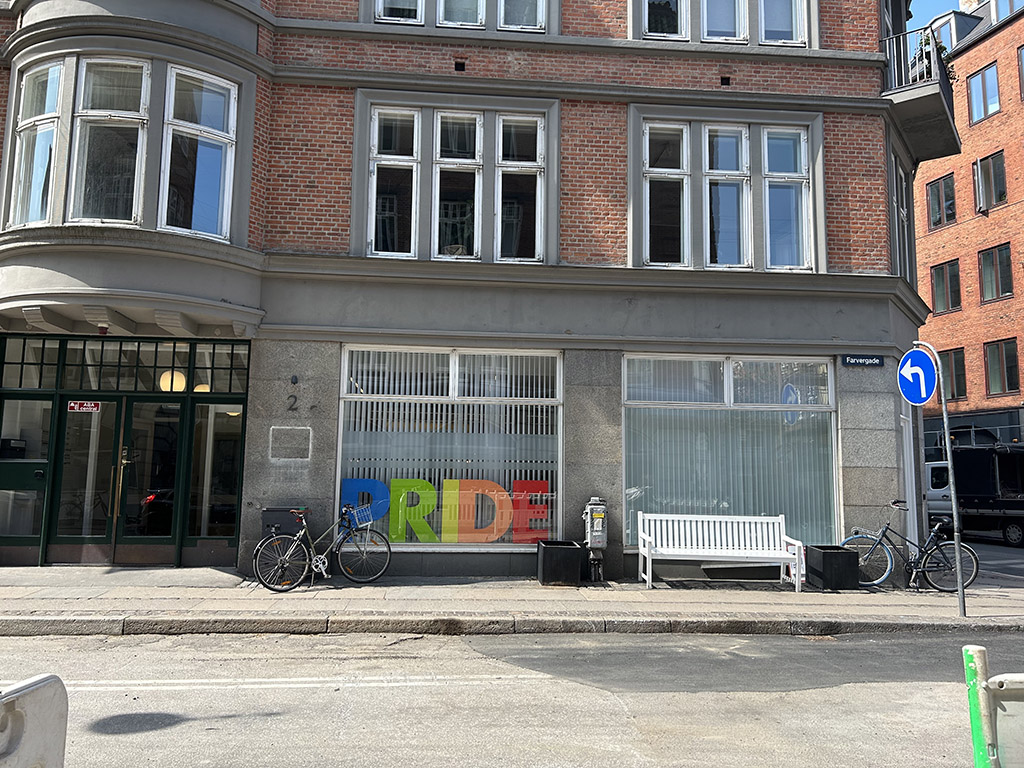
The Value of Community
As Bøssehuset celebrates its 50th anniversary, the Gay House can be seen as an example of the strength of community in Copenhagen. Tuan Hao Tan, a volunteer at Bøssehuset, notes that it is community-driven rather than capital-driven like gay bars and other queer businesses. It is run entirely by volunteers, their partners and their allies.
The LGBT community may function differently in Denmark than in the U.S. Because LGBT people are no longer systematically oppressed on the basis of sexual orientation or gender, the community is not born out of necessity.
Instead, it’s friend groups and drag houses. It’s shared joy and fun and the desire to create something.
“It’s a shared sense of responsibility towards other people and towards one another. I think it’s a commitment to support each other, and the knowledge that you have that support available to you,” Staugaard said.
In a perfect world, we’d still have Pride, even if we had nothing to march for.”
Alyssa Teal is a senior majoring in public relations.


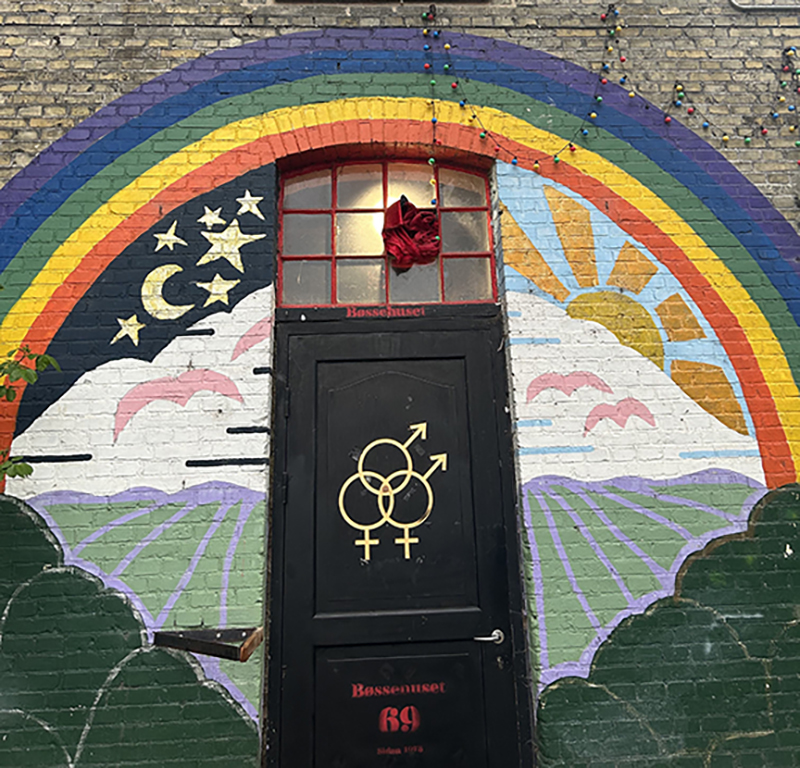


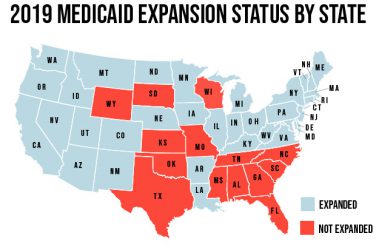

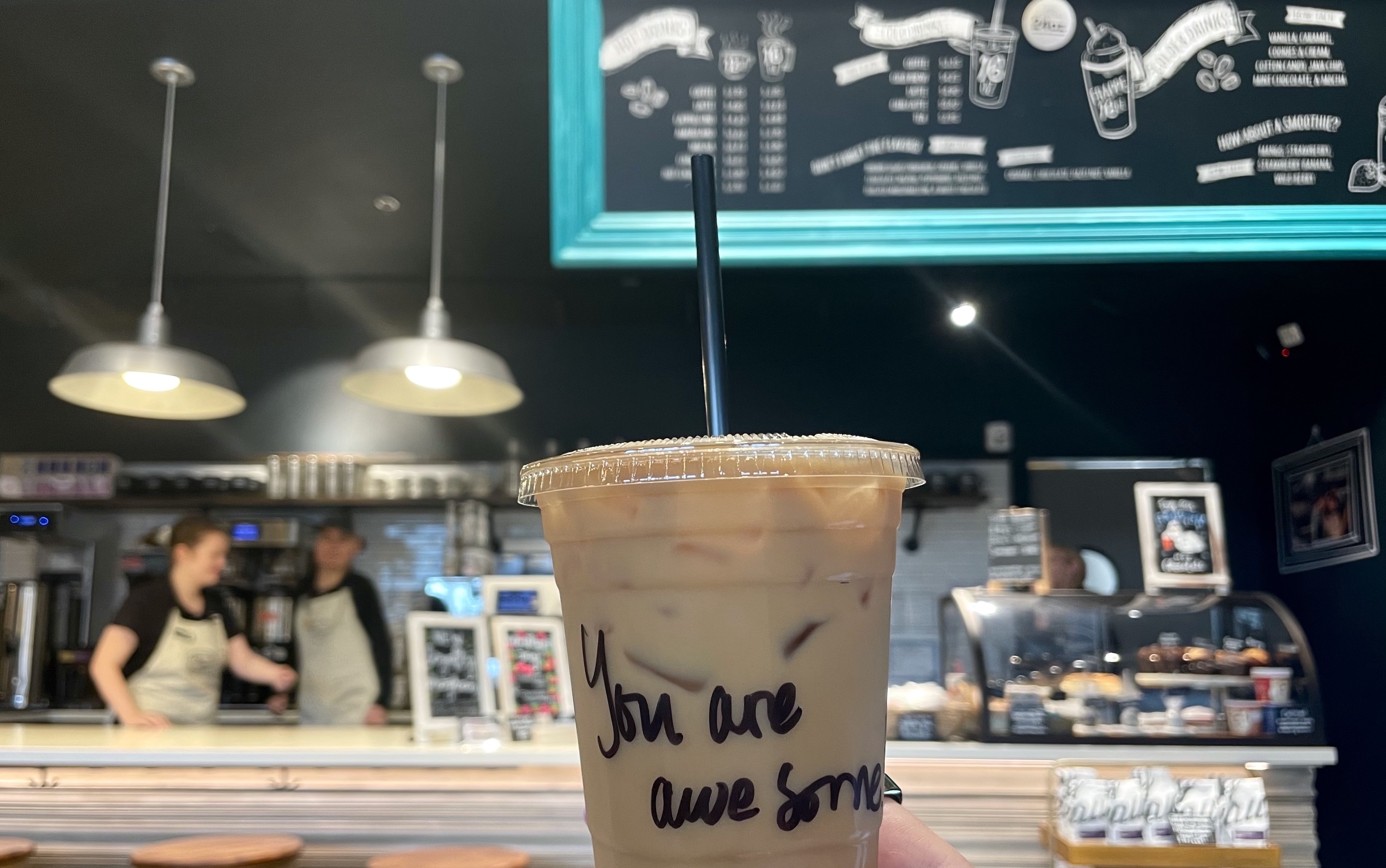

Show Comments (1)
Manish Kumar
Kudos to the author for presenting a thought-provoking piece on Denmark’s Queer community. Their insightful blog sheds light on the community’s journey, challenges, and aspirations, fostering understanding and appreciation for their past, present, and future. A commendable and enlightening read!